Giraffes are one of nature’s most extraordinary creations, astonishingly tall and uniquely structured. With their remarkable necks functioning like a crane, they serve as a symbol of evolution’s intricate artistry. In this article, we will explore the fascinating biology, behavior, and ecology of these majestic creatures, providing insight into why they are considered one of the wonders of the animal kingdom.
Evolutionary Background of Giraffes
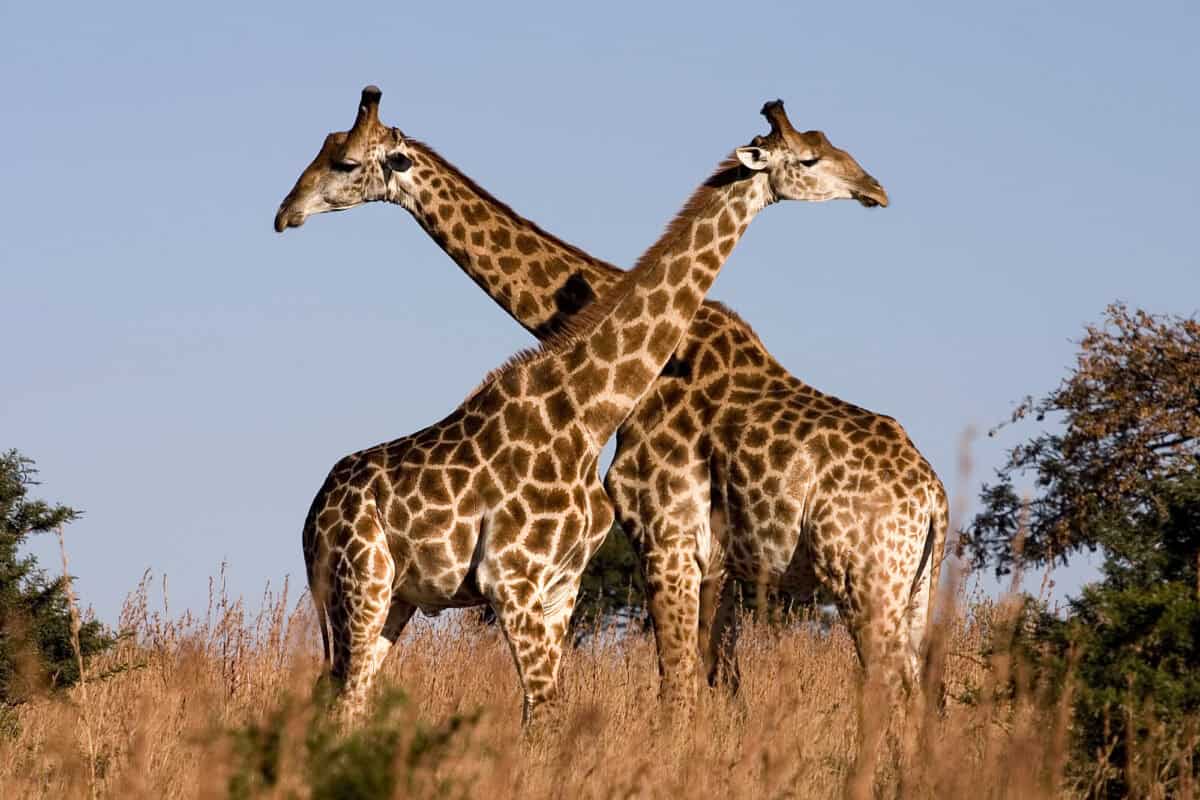
The giraffe, whose scientific name is *Giraffa camelopardalis*, has roamed the African savannas for millions of years. Originating from animals similar to modern okapis, giraffes have undergone significant evolutionary changes. Their unique necks, which can measure up to six feet long, evolved as a natural adaptation to maximize their ability to reach high foliage available in their habitat.
Anatomy of a Giraffe’s Neck

Giraffes possess the same number of neck vertebrae as humans—seven—but these vertebrae are elongated, providing the animal with its incredible height. Each of these specialized vertebrae is connected by ball-and-socket joints, granting the neck a remarkable range of motion. This crane-like structure allows giraffes to maneuver their heads efficiently to reach treetops and evade predators.
Feeding Habits and Ecology
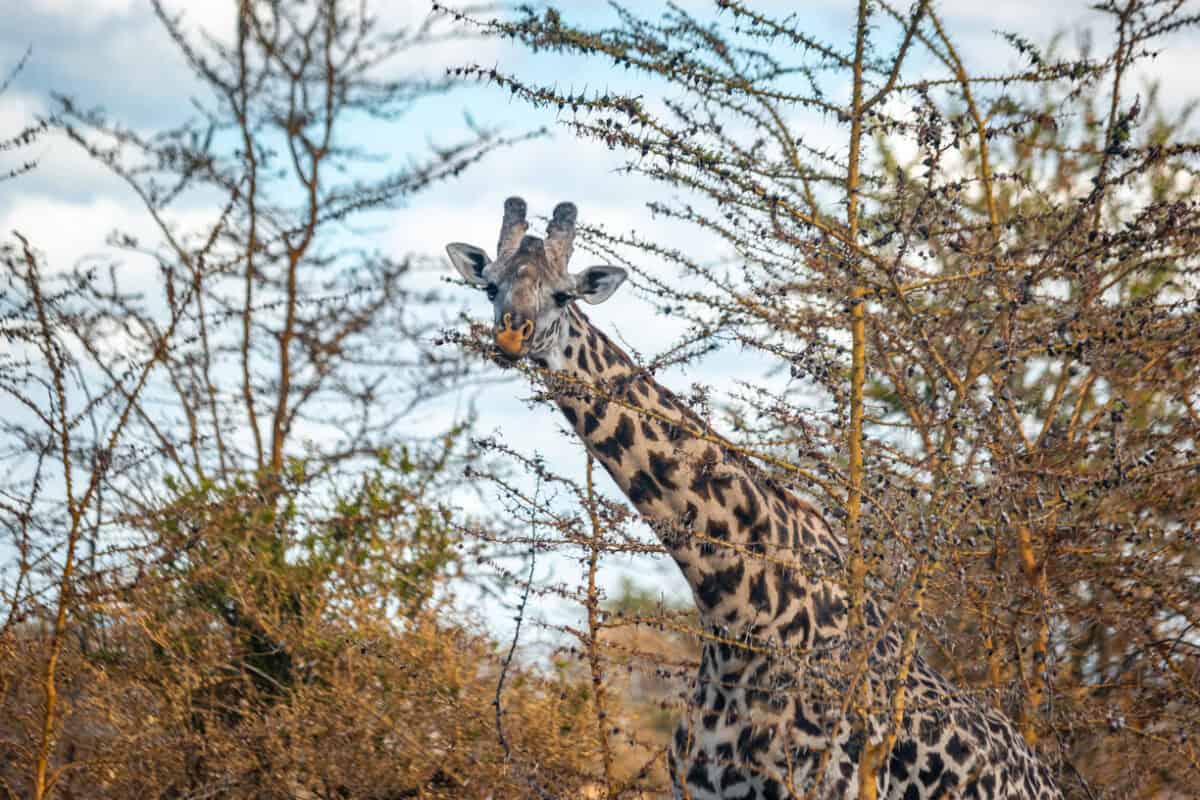
As herbivores, giraffes primarily consume the leaves of acacia trees, along with shoots, fruits, and flowers. Their prehensile tongues, measuring up to 18 inches, are well adapted to grasp leaves from acacia branches, even those covered with thorns. Additionally, their darkly pigmented mucous membranes protect them from sunburn while foraging during daylight hours.
The Role of Giraffes in Their Ecosystem
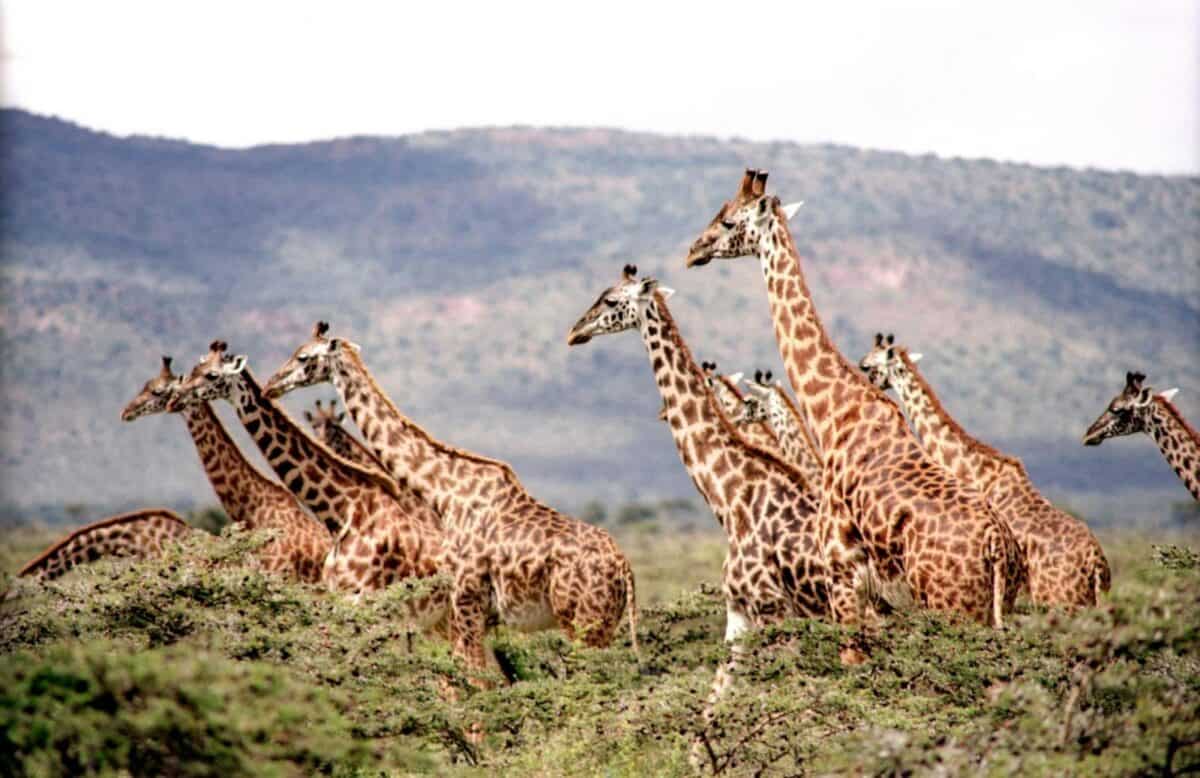
Giraffes play a crucial role in their ecosystems by aiding in seed dispersal, which promotes plant diversity and sustainability. As they feed, they inadvertently carry seeds over large areas, effectively planting future generations of flora. Furthermore, their browsing helps shape the acacia trees and create habitats suitable for other wildlife.
Social Structure and Behavior

Living in loose social groups, or “towers,” giraffes form bonds characterized by dynamic interactions. There is no set leader, and members can come and go freely. Despite their seemingly silent demeanor, giraffes do communicate through infrasonic sounds, low-frequency noises undetectable by humans, which help maintain herd connections over long distances.
Giraffe Calves and Maternal Care
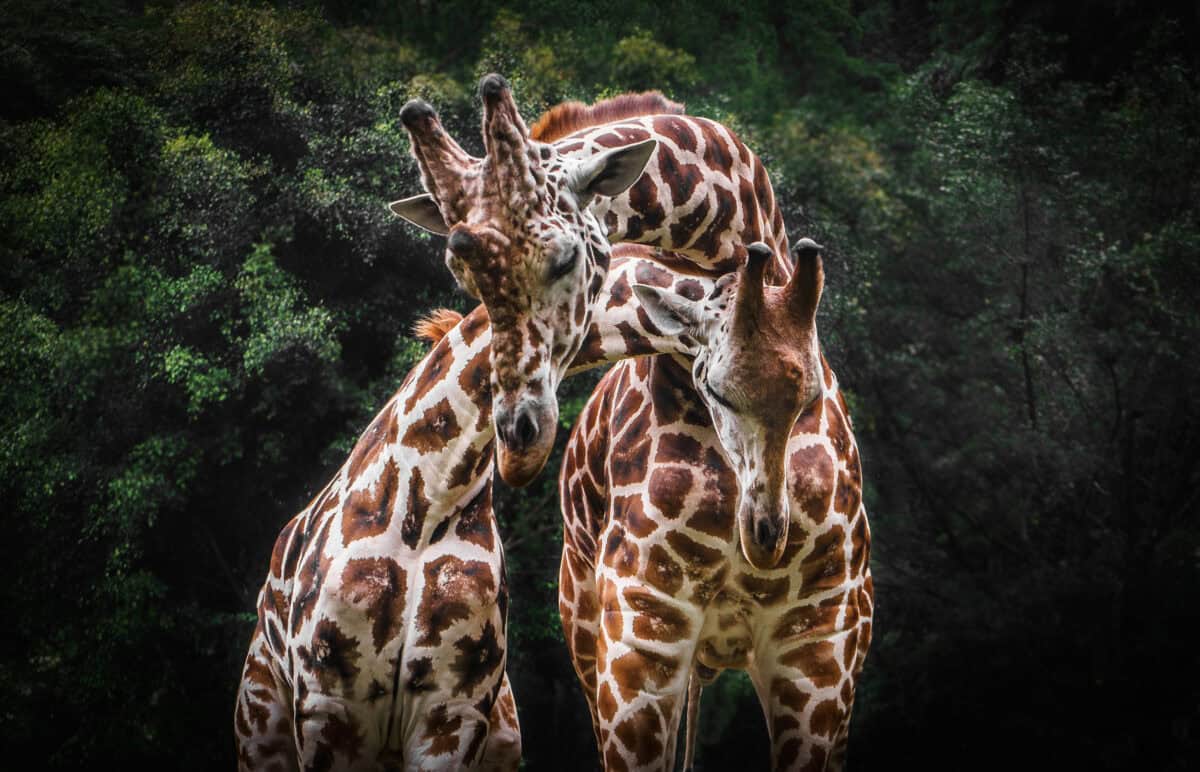
Giraffe calves are born after a gestation period of about 15 months. Within mere hours of birth, they are able to stand and even run, a defense mechanism against predators. Mothers are known to be highly protective, often standing over their young to shield them. This maternal care extends for about 18 to 24 months, during which calves learn the survival skills necessary for adulthood.
Unique Adaptations for Survival

Beyond their necks and tongues, giraffes boast several fascinating adaptations. Their large eyes provide excellent peripheral vision, crucial for spotting predators in the wild. Additionally, their irregularly patterned coats offer effective camouflage within the African landscapes, helping them blend into the dappled shadows cast by trees and shrubs.
Threats Facing Giraffes Today
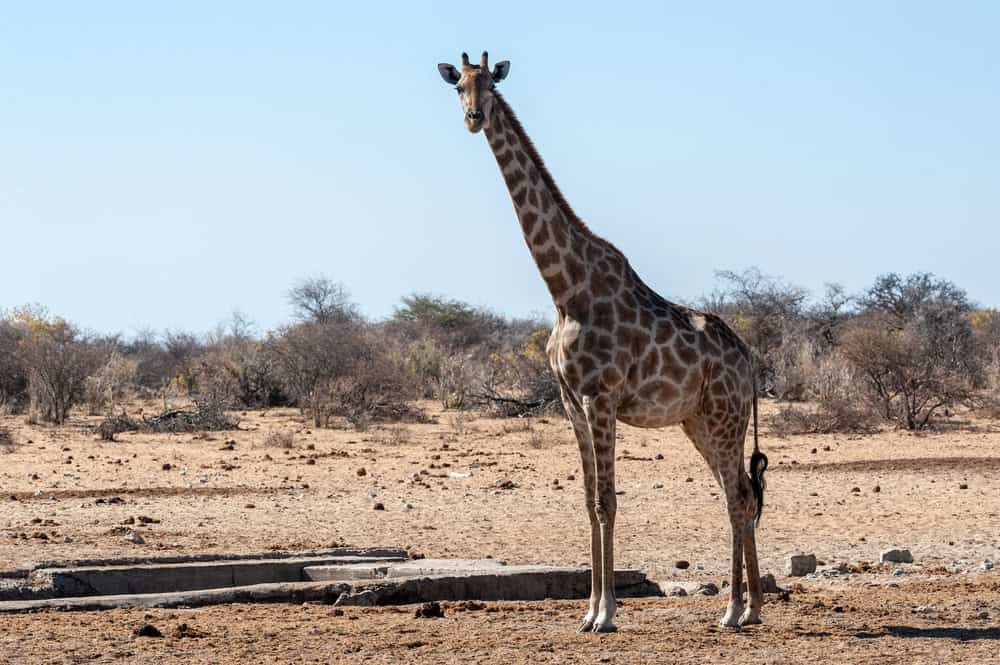
Although monumental in stature, giraffes are facing a silent decline due to several modern threats. Habitat loss caused by agriculture and human settlement, poaching for bushmeat and hides, and climate change have led to significant population reductions. Conservation efforts are vital to ensure giraffes continue to grace the savannas of Africa for generations to come.
Conservation Initiatives

Several organizations are dedicated to the conservation of giraffes through initiatives aiming to mitigate habitat destruction and combat poaching. By employing satellite tracking, conservationists are gaining invaluable data on giraffe movements and behaviors, providing insights needed to formulate effective protection strategies.
The Cultural Significance of Giraffes

Giraffes hold a cherished place in various cultures across Africa as symbols of grace, foresight, and perception. Their unique attributes have inspired folklore, art, and even architectural design throughout human history. Today, giraffes serve as natural ambassadors for wildlife conservation, capturing the imagination of people worldwide.
Interesting Facts About Giraffes
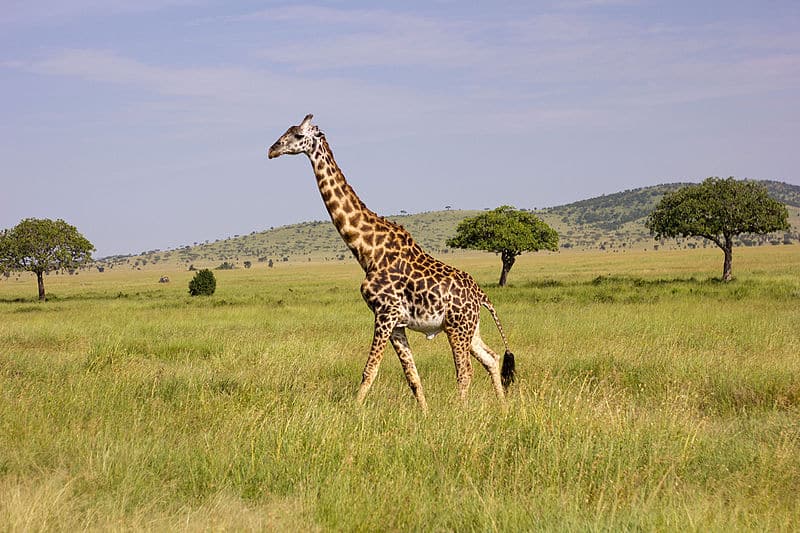
Did you know that giraffes are the tallest land animals, with adult males sometimes exceeding 18 feet in height? Or that they can run at speeds up to 37 mph over short distances? Each giraffe has a unique coat pattern, much like a human fingerprint, and their hearts, weighing about 25 pounds, are powerful enough to pump blood to their towering heads even when they are at elevated heights.
The Future of Giraffes

As awareness grows about the pressing issues facing giraffes, it is crucial to continue support for conservation and education efforts. By preserving these magnificent animals and their habitats, we help maintain not just the biological richness of our planet, but a legacy of awe and inspiration.
In conclusion, giraffes are not only awe-inspiring for their towering presence and unique adaptations but are also integral cogs in the ecosystems they inhabit. By understanding their role and addressing the challenges they face, we can ensure that future generations will also have the privilege of marveling at these gentle giants of the African plains.
- How Climate Change Is Pushing Sharks Closer to US Beaches - August 16, 2025
- 12 Birds Known for Their Unique Songs and Calls - August 16, 2025
- Animal Moms That Go Above and Beyond for Their Young - August 16, 2025

